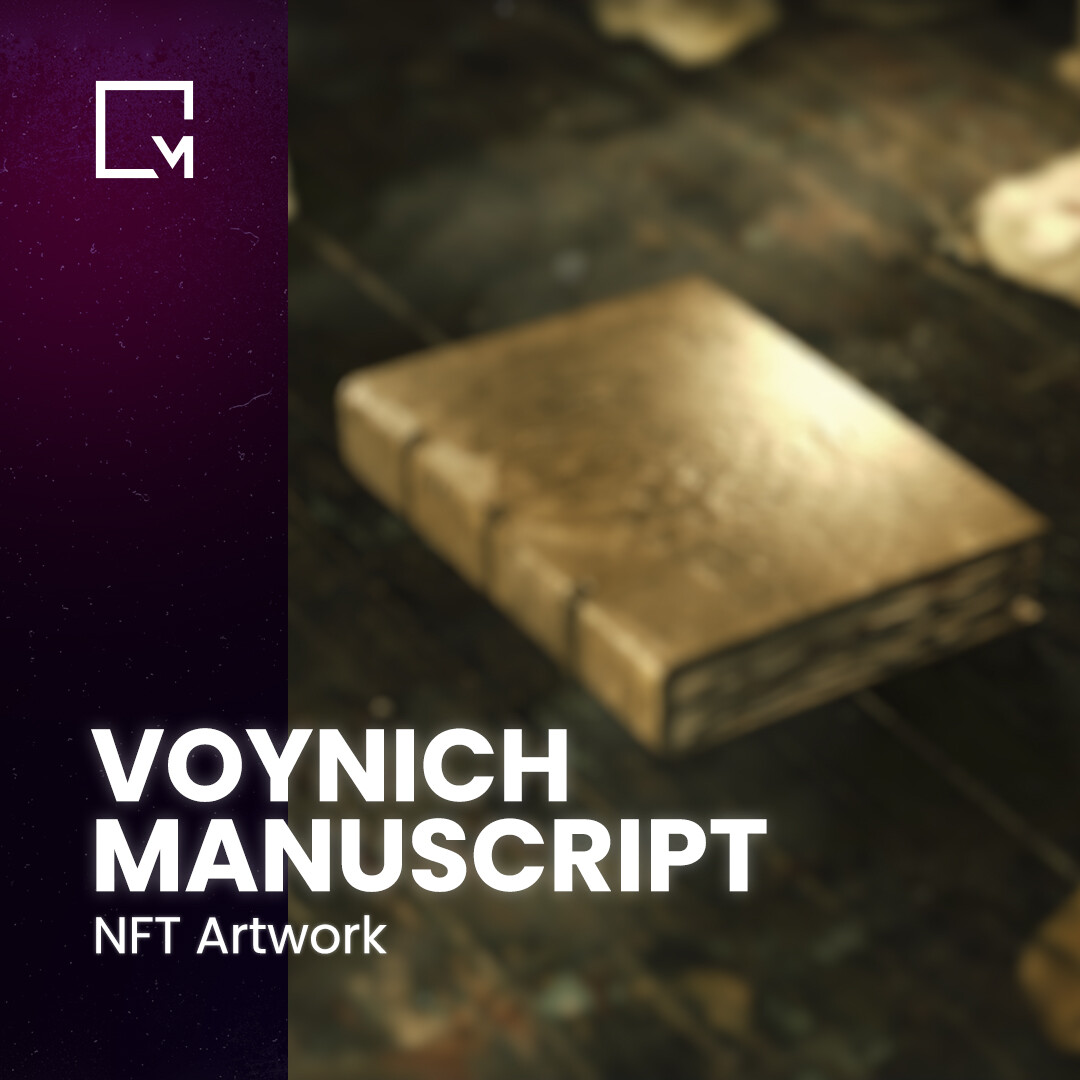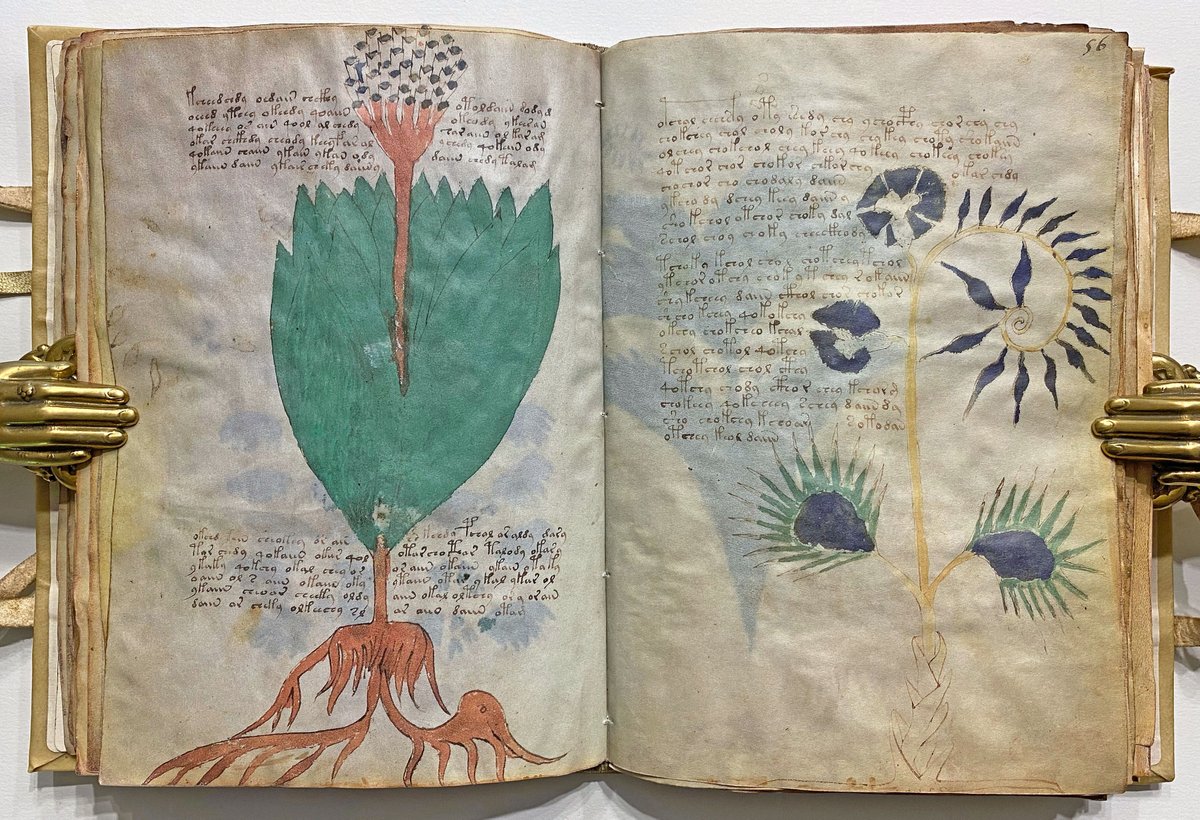
There have been attempts as recent as 2018 to decode the manuscript, where it was thought to be Hebrew, written in an abnormal format. Others believe that it may be a vowel-less alphabet, again, written in shorthand.
#The voynich manuscript cover code
Some believe that the code is a short-hand, possibly stemming from Latin. Though, 20-25 unique characters have been identified which would be enough to make up the average alphabet. There is no obvious punctuation throughout the text. Substitution codes have been ruled out as the repetition of certain characters does not occur as it would in any known language. The code of the manuscript has been studied for years, but the text has not yet been decoded or translated. There are notes included in the text, written in Latin and High German, though it hasn’t been confirmed whether these were part of the original text or if the annotations were added at a later date. Given the nature of the drawings, diagrams and recipes, it has been suggested that the manuscript was originally used as a pharmacopoeia, addressing medieval and early modern medicine, likely for women’s health. Most pages include drawings and diagrams, with colour for these thought to have been added in the 1600s. The manuscript is bound in goats skin, apparently not original to it. The manuscript itself contains only 240 out of the original 272 pages. It includes sections devoted to herbalism, astrology, biology, cosmology, pharmacology and various recipes. It is suspected to have been previously owned by Roman Emperor Rudolph II, and has changed hands multiple times.

Medieval scholars, however, have their doubts. Some scholars, code breakers, or fans, claim to have identified some of the language as either Latin or High German.

It’s place of origin is considered to be Northern Italy, and it’s language is unknown. On this point I suspend judgement it is your place to define for us what view we should take thereon, to whose favor and kindness I unreservedly commit myself and remain He believed the author was Roger Bacon, the Englishman. Raphael, a tutor in the Bohemian language to Ferdinand III, then King of Bohemia, told me the said book belonged to the Emperor Rudolph and that he presented to the bearer who brought him the book 600 ducats. Accept now this token, such as it is and long overdue though it be, of my affection for you, and burst through its bars, if there are any, with your wonted success.ĭr. But his toil was in vain, for such Sphinxes as these obey no one but their master, Kircher. To its deciphering he devoted unflagging toil, as is apparent from attempts of his which I send you herewith, and he relinquished hope only with his life. The former owner of this book asked your opinion by letter, copying and sending you a portion of the book from which he believed you would be able to read the remainder, but he at that time refused to send the book itself. This book, bequeathed to me by an intimate friend, I destined for you, my very dear Athanasius, as soon as it came into my possession, for I was convinced that it could be read by no one except yourself. Reverend and Distinguished Sir, Father in Christ: The letter was dated in the year 1665, and read: There was a cover letter retrieved from the text in 1912, when Voynich purchased it. It’s named after Wilfrid Voynich, a Polish book dealer who purchased the manuscript in 1912. The Voynich Manuscript is a hand written and illustrated binding that has been carbon dated to the early 15 th century. I hadn’t, until I started going down a Wikipedia rabbit hole late one night. If you’re a fan of unsolved mysteries, you’ve likely heard of the Voynich Manuscript. A floral illustration on page 32, Beinecke Rare Book and Manuscript Library,


 0 kommentar(er)
0 kommentar(er)
